The quickest fix for iMessage repeatedly deactivating is to make sure both iMessage and FaceTime are enabled in your iPhone's settings. If the problem continues, try restarting your device or verifying your internet connection.
iMessage serves as a vital communication tool among Apple users, often being the primary method for staying in touch. With continuous improvements over the years, it has become more reliable and feature-rich.
Despite its advancements, iMessage sometimes encounters a persistent issue where it inexplicably turns off, causing frustration for users. Seeing green bubbles instead of the familiar blue in your conversations indicates that messages are being sent as regular SMS texts instead of iMessages.
While it's normal for iMessage to send messages as SMS texts when there's no internet connection, it typically reverts to iMessage once you're back online. However, if iMessage continues to deactivate without an obvious cause and doesn't switch back, it becomes quite aggravating. Fortunately, there are straightforward solutions to address this issue. Before proceeding to the fixes, it's essential to confirm that the problem isn't stemming from other factors.
Check Your Internet Connection
Before attempting any fixes, ensure that your internet connection is active and stable. iMessage relies on an internet connection to send and receive messages. If you're offline, messages will default to SMS text messages.
Step 1: Open the Safari app on your iPhone.
Step 2: Try loading a website to verify if your internet connection is working.
Verify iMessage Server Status
Occasionally, the issue might be on Apple's end if the iMessage server experiences downtime. Verifying the server status can save you troubleshooting time.
Step 1: Visit Apple's System Status page.
Step 2: Locate iMessage in the list of services.
If the dot next to iMessage is green, the service is operational. A red dot indicates the server is down, and you'll need to wait until Apple resolves the issue.

Ensure iMessage and FaceTime are Enabled
Sometimes, iMessage turns off due to FaceTime being disabled. Enabling both services can often resolve the issue.
Step 1: Open the Settings app on your iPhone.
Step 2: Scroll down and tap on FaceTime.
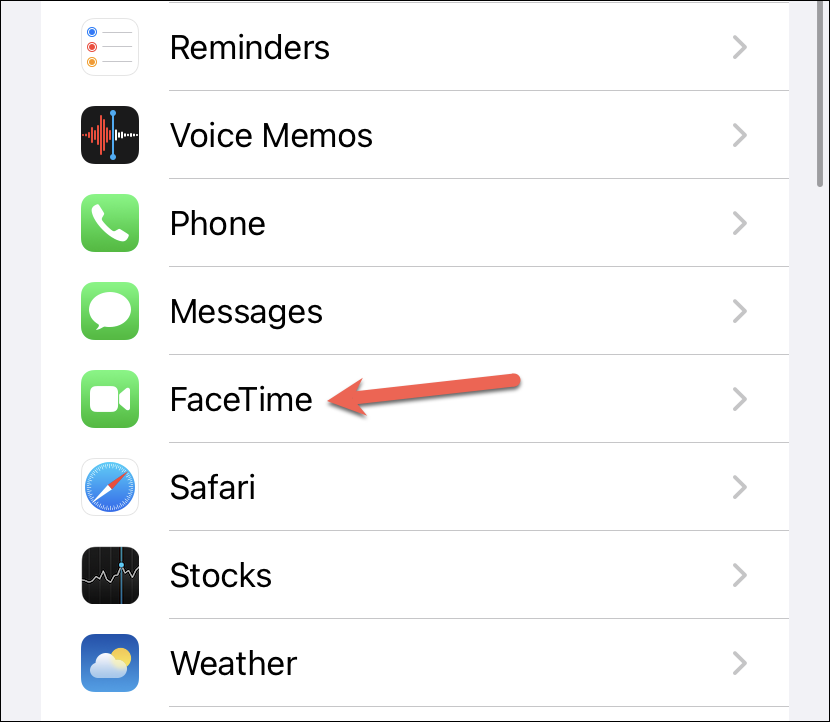
Step 3: Toggle the FaceTime switch to turn it on.
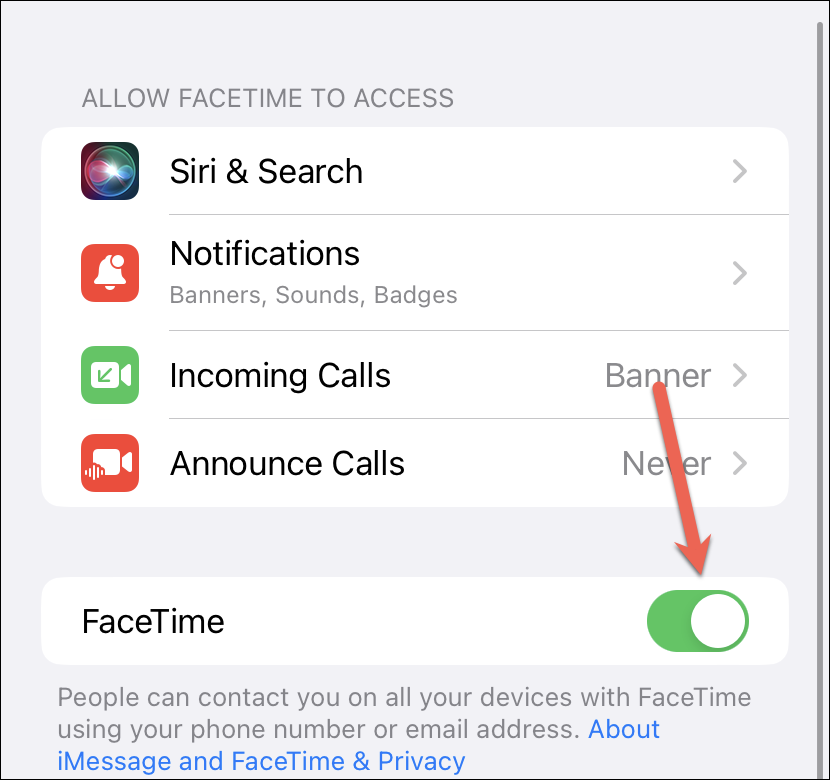
Step 4: Return to the main Settings menu and select Messages.

Step 5: Toggle the iMessage switch to turn it on.
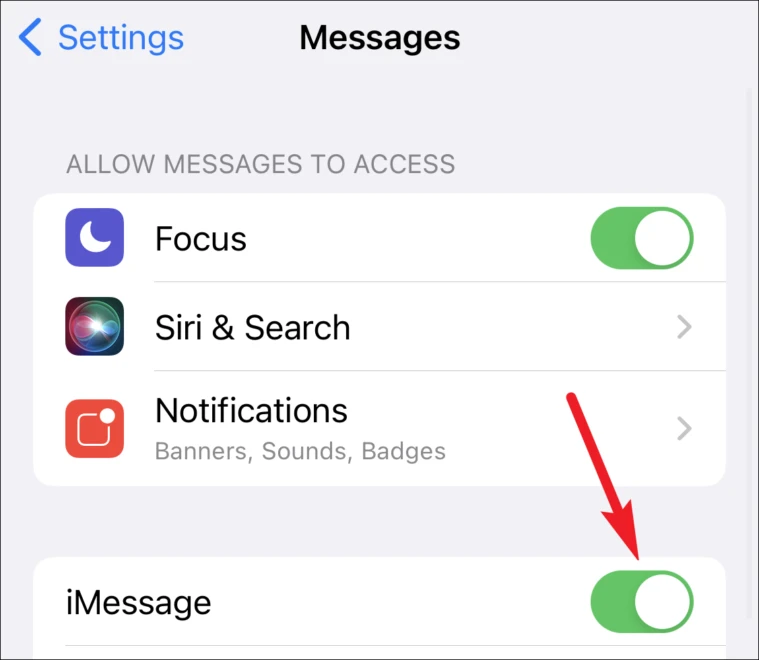
After enabling both services, check if iMessage remains active. If it still turns off, proceed to the next solution.
Restart Your iPhone
Restarting your device can resolve minor glitches that might be causing iMessage to deactivate.
For iPhone X and newer:
Step 1: Press and hold either volume button and the side button until the power slider appears.
Step 2: Drag the slider to turn off your iPhone.
Step 3: After the device shuts down, press and hold the side button until the Apple logo appears.
For iPhone SE, 8, and older:
Step 1: Press and hold the Home button and the power button until the power slider appears.
Step 2: Drag the slider to power off your iPhone.
Step 3: Once off, press and hold the power button until the Apple logo shows up.
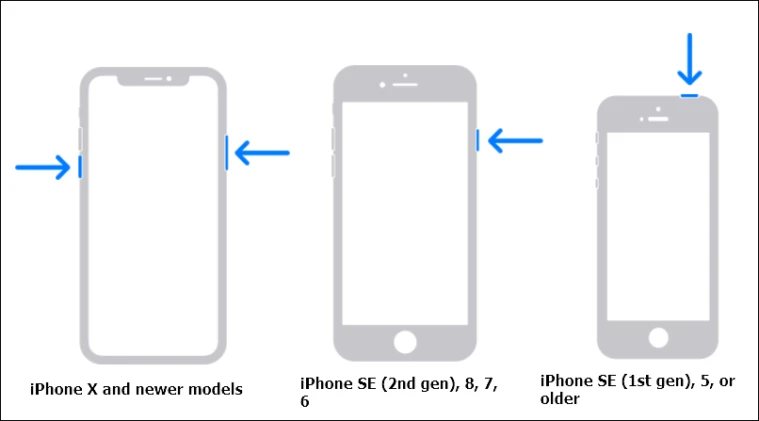
After restarting, try turning iMessage on again to see if the issue is resolved.
Sign Out and Back Into iMessage and FaceTime
Signing out and back into your Apple ID for both iMessage and FaceTime can refresh the connection and fix activation issues.
Step 1: Open Settings and go to Messages.

Step 2: Tap on Send & Receive.
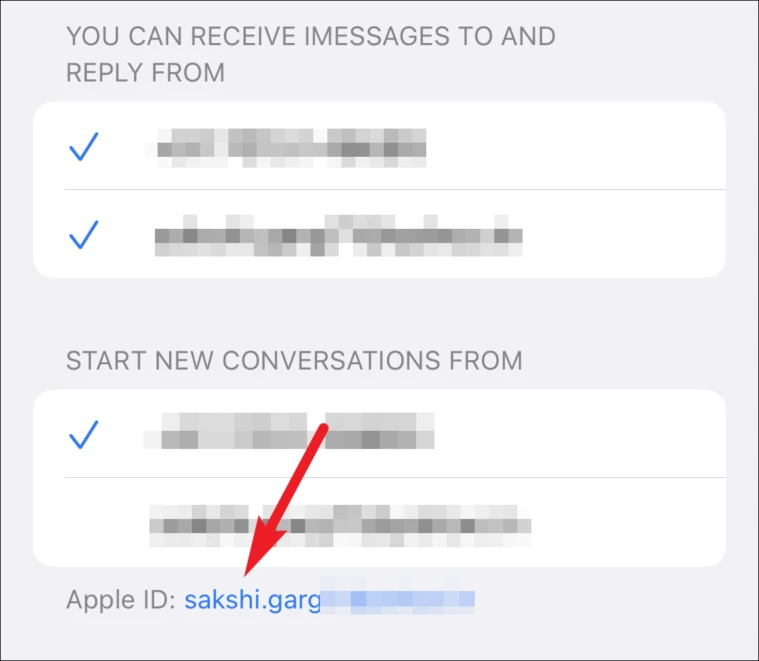
Step 3: Tap your Apple ID at the bottom and select Sign Out.

Step 4: Return to Settings and select FaceTime.

Step 5: Tap your Apple ID under the Caller ID section and choose Sign Out.

Step 6: Close all running apps from the app switcher.
Step 7: Restart your iPhone.
Step 8: After the restart, open Settings and go to Messages, then tap on Send & Receive.
Step 9: Tap Use your Apple ID for iMessage and sign in.
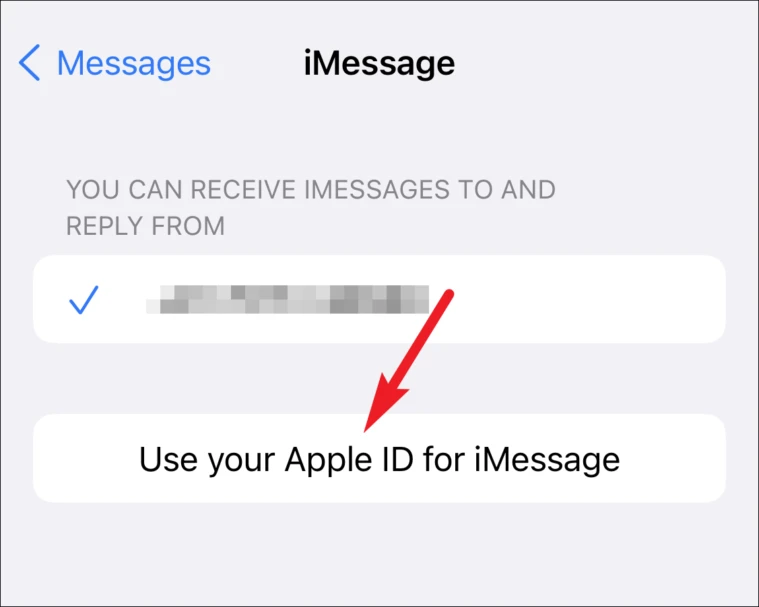
Step 10: Repeat the sign-in process for FaceTime by tapping Use your Apple ID for FaceTime.
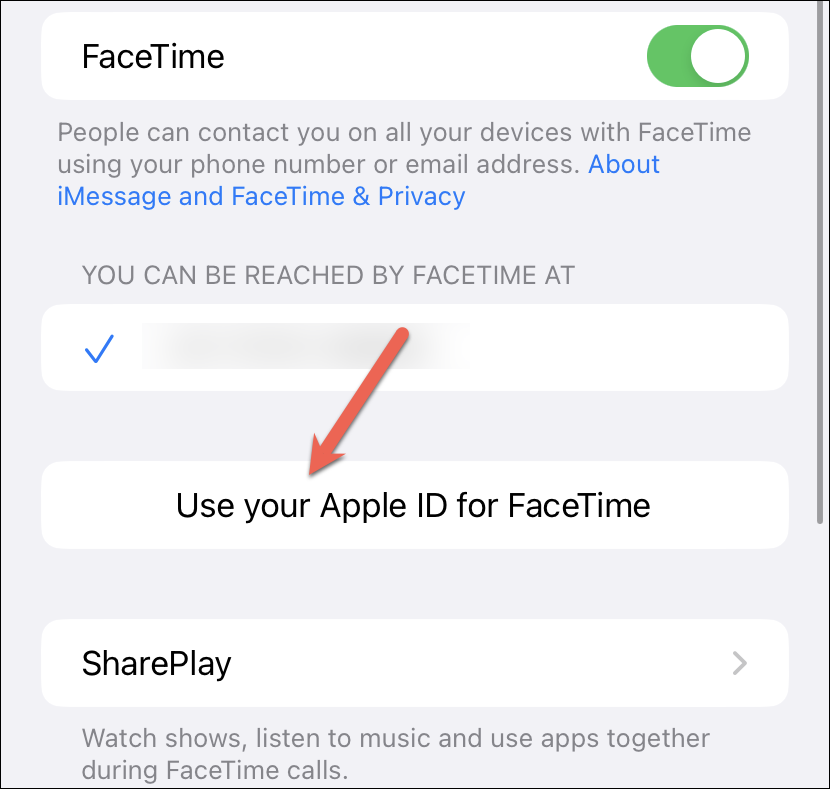
Ask Another iMessage User to Message You
Sometimes, receiving an iMessage from another user can reactivate the service on your device.
Step 1: Request a friend who uses iMessage to send you a message.
Step 2: Respond to their iMessage and check if the service remains active afterward.
Switch Your Wi-Fi Network
Occasionally, the issue might be related to your internet connection. Switching to a different Wi-Fi network can help.
Step 1: Open Settings and tap on Wi-Fi.
Step 2: Connect to a different available network.
Step 3: Try reactivating iMessage to see if it stays on.
Update Your iOS Software
Outdated software can cause compatibility issues with services like iMessage. Ensuring your device is running the latest iOS version can help.
Step 1: Open Settings and go to General.
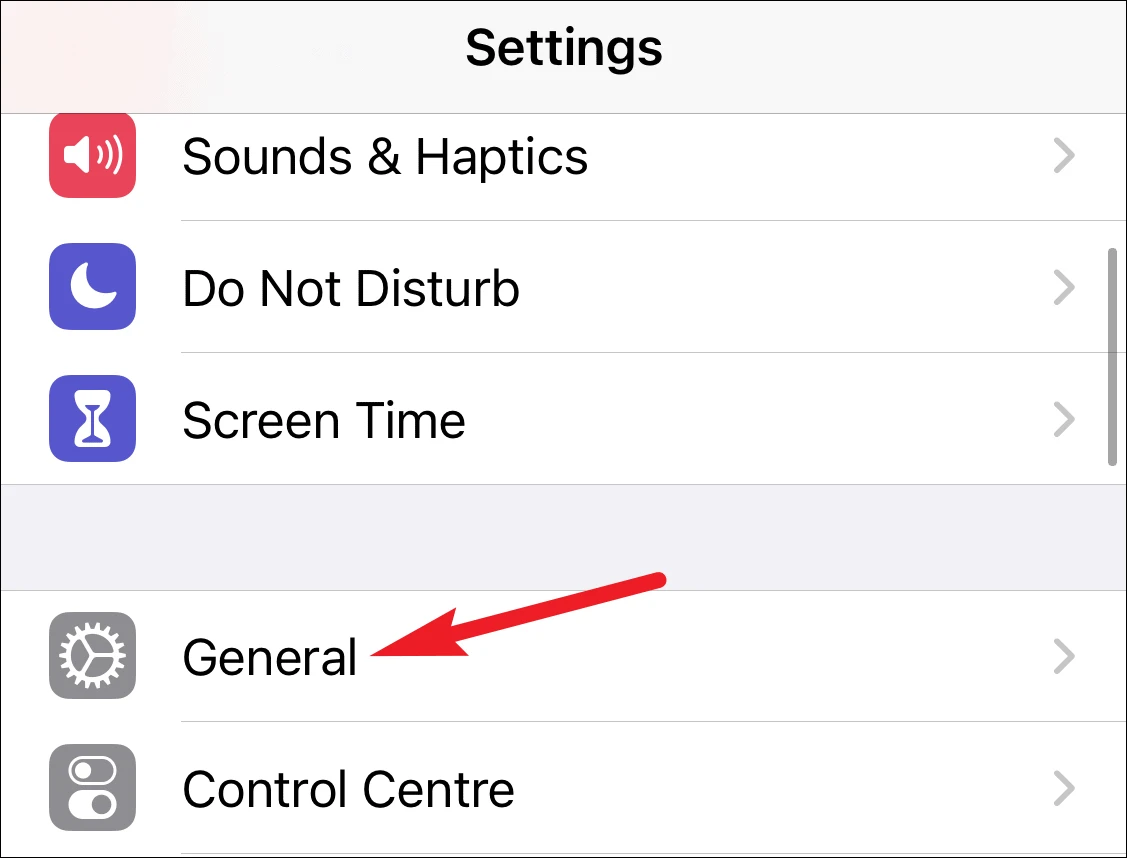
Step 2: Tap on Software Update.

Step 3: If an update is available, tap Download and Install.
Step 4: After updating, check if iMessage remains active.
Delete Media from iMessage
Large amounts of media in your iMessage conversations can sometimes cause issues. Deleting unnecessary photos and videos might help.
Step 1: Open the Messages app and select the conversation containing the media.
Step 2: Tap on the contact's name or photo at the top of the conversation.
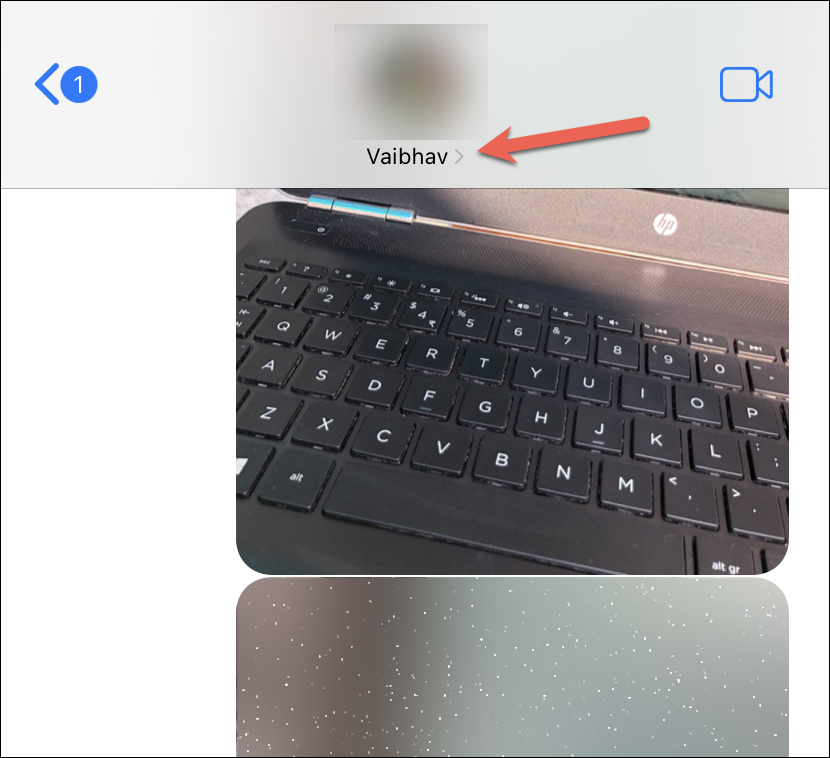
Step 3: Tap See All next to the Photos section.
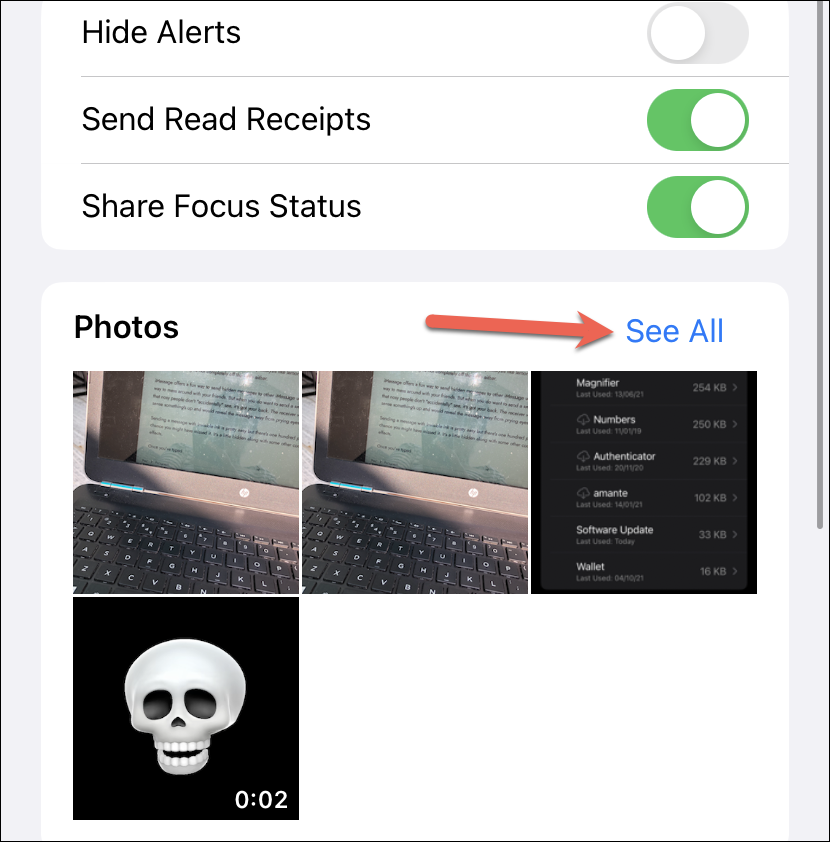
Step 4: Tap Select and choose the media files you wish to delete.

Step 5: If you want to save them first, tap Save.
Step 6: Tap Delete to remove the selected media.

Check Date and Time Settings
Incorrect date and time settings can interfere with iMessage activation.
Step 1: Open Settings and go to General.
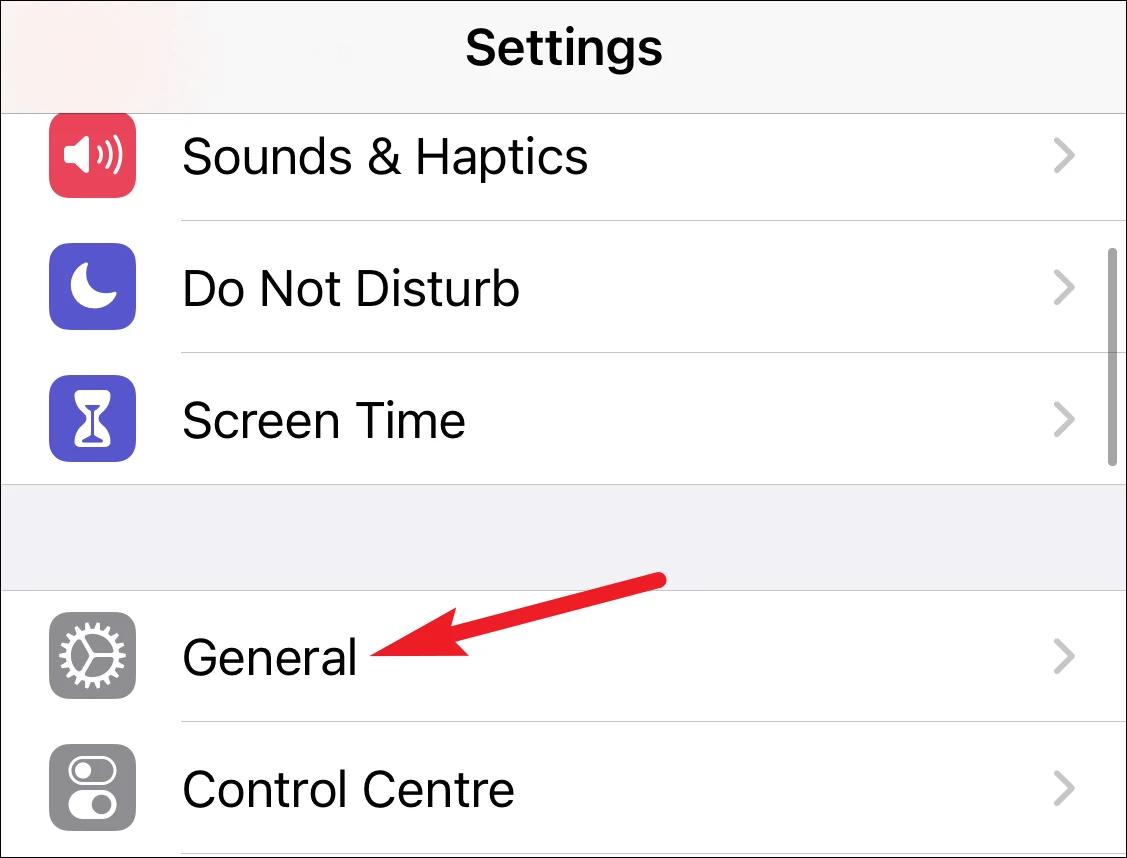
Step 2: Tap on Date & Time.
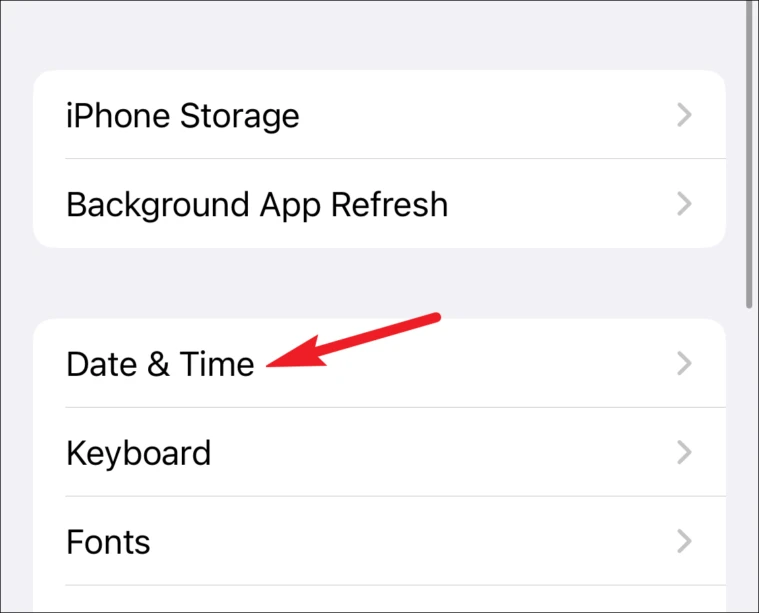
Step 3: Ensure the Set Automatically option is enabled. If it's already on, toggle it off and back on.

Reset Network Settings
Resetting network settings can fix underlying issues that prevent iMessage from staying active. Note that this will erase saved Wi-Fi networks and passwords.
Step 1: Open Settings and navigate to General.

Step 2: Scroll down and tap on Transfer or Reset iPhone.

Step 3: Tap on Reset.
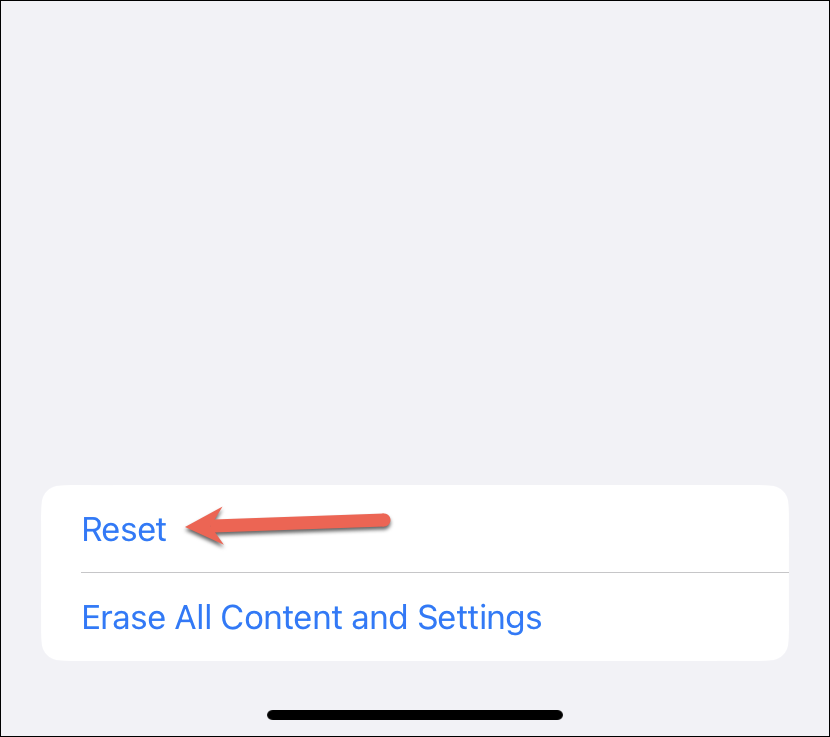
Step 4: Select Reset Network Settings from the menu.
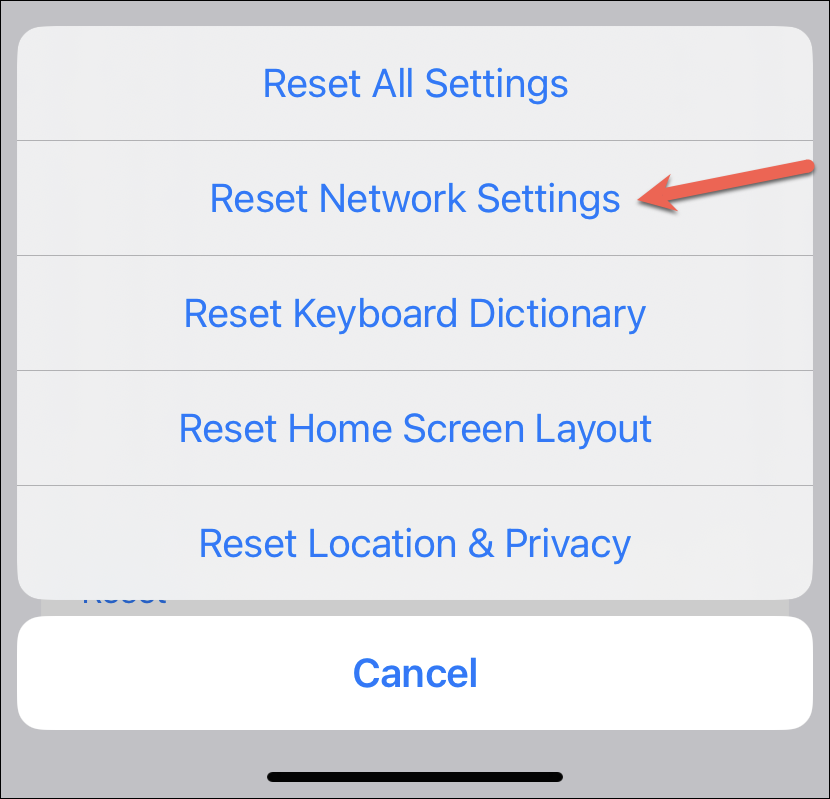
Step 5: Enter your passcode to confirm and proceed.
Reset Your iPhone
If all else fails, resetting your iPhone might be necessary. Ensure you have a backup before proceeding, as this will erase all data.
Step 1: Open Settings and go to General.
Step 2: Tap on Transfer or Reset iPhone.

Step 3: Tap Erase All Content and Settings.
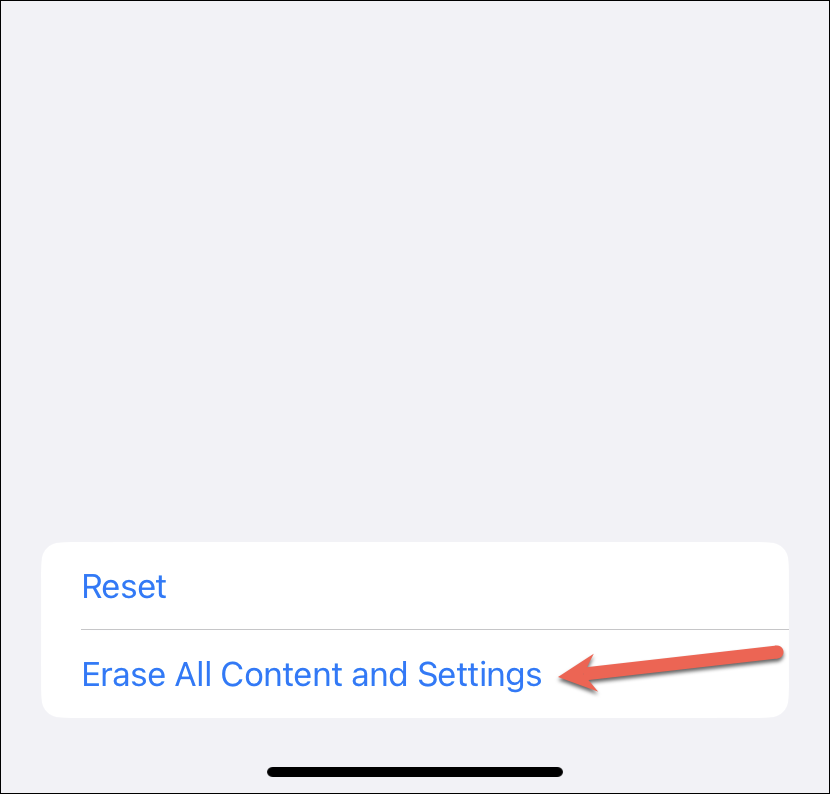
Step 4: Tap Continue and follow the on-screen instructions to complete the reset.

Step 5: After resetting, restore your iPhone from the backup and check if iMessage is functioning correctly.
By following these solutions, iMessage should remain active without unexpectedly turning off. If the issue persists, consider reaching out to Apple Support for further assistance.





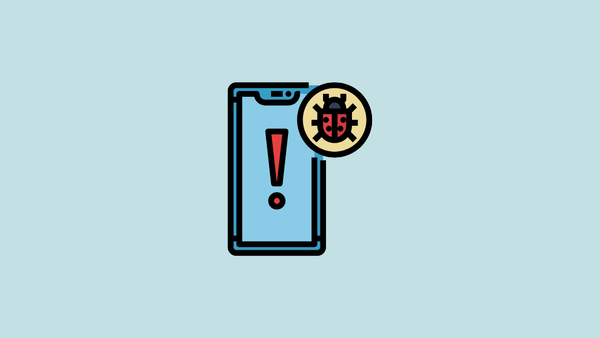
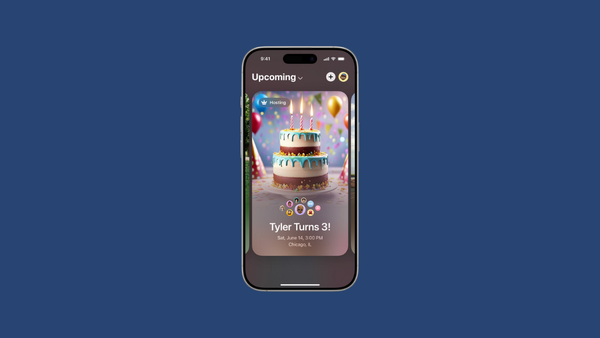



Member discussion